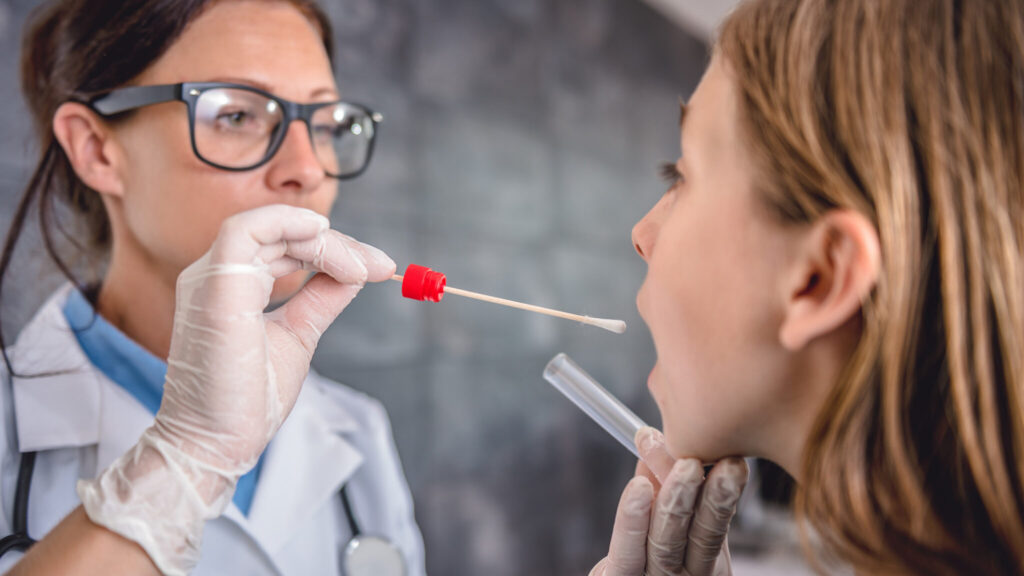
A University at Buffalo team began with a simple question: what can saliva tell us about ourselves? That curiosity resulted in evidence that the protein genes behind human saliva have been repeatedly duplicated, lost and re-tuned over time — changes that stand out along the primate lineage and may shape oral-disease risk today.
“We know that saliva contains almost everything that also appears in blood,” said Dr. Stefan Ruhl, professor and chair of oral biology at UB’s School of Dental Medicine. He notes saliva contains more than 3,000 components, though only a dozen or so are highly abundant and likely most critical for oral defence. “Those abundant proteins, produced by the salivary glands, are probably the ones that really matter for keeping the mouth healthy… Teeth are the only place in the body where a mineralized substance is exposed to the environment,” constantly challenged by dietary acids, bacterial by-products and chewing.
Related: Ancient teeth and dental plaque reveal new clues about Denisovans, early human evolution
‘How wrong we were’
The scientists recently published their findings in the journal Genome Biology and Evolution. They compared DNA and RNA across species and found that secretory calcium-binding phosphoprotein (SCPP) genes expanded at key evolutionary junctures, including the advent of skeletons, enamel and mammalian milk production.
“Our idea was that saliva, as a biological fluid that constantly interacts with food, microbes and pathogens, may evolve more rapidly than other systems,” said Dr. Omer Gokcumen, an evolutionary anthropologist at UB. “We thought this locus might serve as a model for understanding that evolutionary dynamic.”
The team initially assumed human saliva would mirror that of apes, which share more than 98 per cent genetic homology with humans. “How wrong we were. It turned out there were not one or two but many substances that were different,” Ruhl said.
Diet appears to be a driver. Non-human primates have relatively little salivary amylase — the enzyme that breaks down starch — while humans have far more, reflecting early human starch consumption.
Related: Human tooth sensitivity may have roots in ancient fish armor from over 485 million years ago
Related: On the forehead: Spotted ratfish first animal documented to grow teeth outside the jaw, study finds
Mapping normal variation in saliva
The researchers say mapping normal variation in saliva could sharpen prevention and diagnostics. “If you want to find reliable biomarkers for disease and disorders, you first have to establish a robust baseline,” Ruhl said, adding that dentists should “claim saliva as their biofluid” just as physicians use blood and urine. Gokcumen notes the rapid evolution of oral-health genes may make some people more susceptible to conditions such as caries under certain environments, pointing to personalized approaches that connect oral and systemic health.